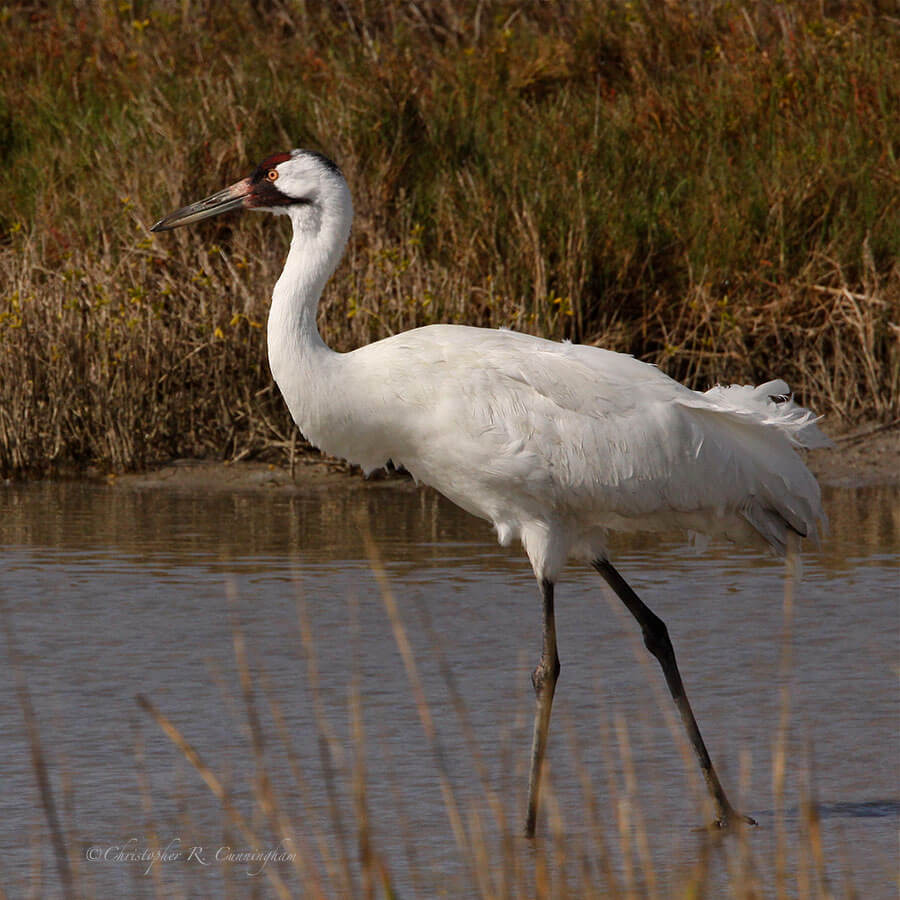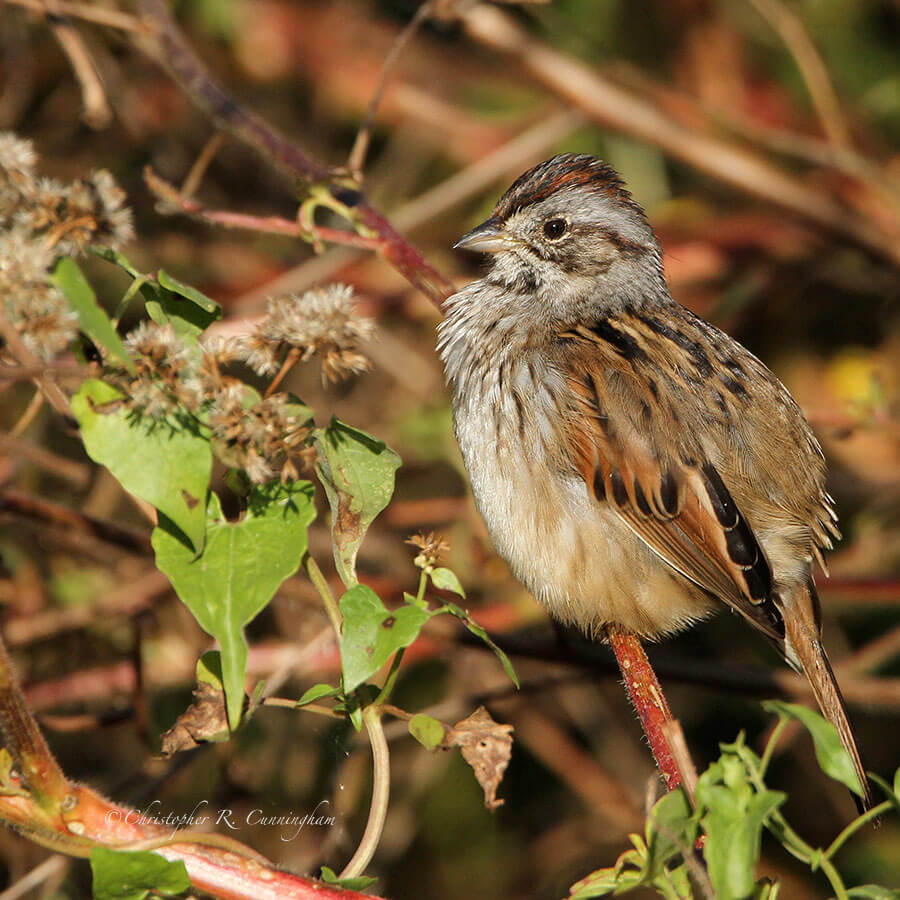As we’ve grown older, Elisa and I, like many people, have agreed to slowly divest ourselves of many of the material things that clutter our lives. I, for example, have decided that if I buy a new book, then I must discard two old books. If I acquire a trinket, I must discard two, and so on. As part of this process, we have decided to collect experiences and images rather than material objects. Birding is very much a part of this process. Becoming serious about birding has forced us to think about visiting places and acquiring experiences that we would have never considered before–for there is no reason to visit some of these places other than the birds. Many birders have life lists of species that they have observed. But as a near-novice birder, I have purposely avoided this approach because I fear that this would turn birding primarily into a quest for rare birds. Perhaps as I gain experience in birding I will switch to a “life list” philosophy, but for now I find as much interest and joy in a common sparrow as I do in the rarest of birds.


© 2012 Christopher R. Cunningham. All rights reserved. No text or images may be duplicated or distributed without permission.